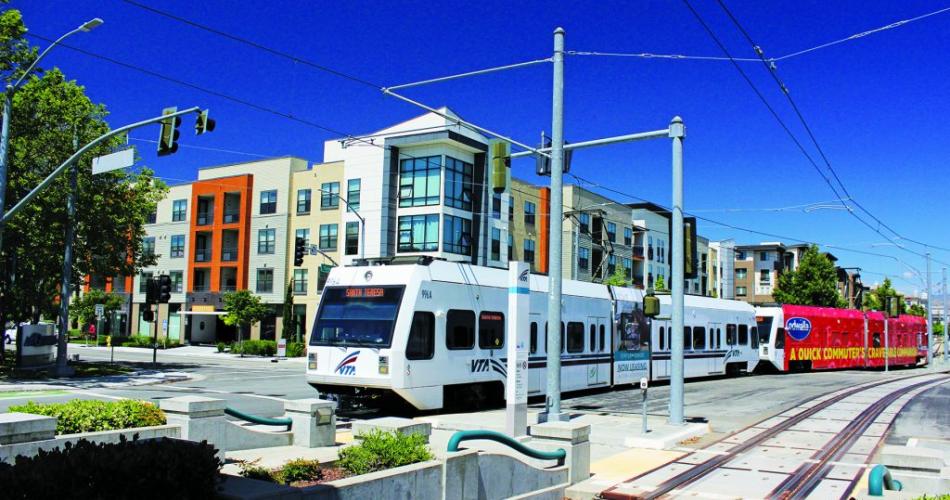Reading time: 6 minutes
A prime driver of this shortage is the severe underproduction of housing in the state. According to Up for Growth National Coalition’s Housing Underproduction in California report, from 2000 – 2015 the state fell 3.4-million units short of meeting housing demand. Over the same time frame, California was producing seven new units of housing for every 10 households formed. Want to know why average rent for a one-bedroom apartment in San Francisco is approaching $3,500? Look at how many new units are getting built (or not getting built) in the Bay Area.
People moving into the State or even ones hoping to move into a place of their own simply don’t have options – even if they could afford them.
Fortunately, there is a way to build new housing that’s affordable to working and middle-class families and individuals, while also giving them access to transit – reducing both their time and cost spent on commuting. It also enables communities to choose where and how housing needed to accommodate a growing population gets built.
That’s why Up for Growth Action is supporting Assembly Member Laura Friedman’s AB 1717 – the Transit-Oriented Affordable Housing Funding Program Act. This legislation would create a program open to cities that would incentivize building affordable housing units in transit served areas. Such an approach gives them greater control over how they want their communities to develop in a responsible, inclusive, and sustainable way.
AB 1717 would create a program to fund higher-density, mixed-income housing within a half-mile of major transit stops, a quarter-mile of bus service, or on land that is already zone for multi-family housing (for communities without the same robust transit options as larger cities). Cities can designate which areas they want to be a part of this program. To maximize utility and ensure affordability, at least two-thirds of the total square footage of the development must be multi-family, and the projects must have set-asides for affordable units.
Once program eligibility is determined, individual developments receive financial support from the California Housing Finance Authority, with a requirement that the development maintain income-restricted units for 55 years. The amount of the funding is determined based on numbers of units set aside and the incomes served by the program.
The benefits of this program are immense. AB 1717 would spur the development of more housing on less land, shifting California development patterns towards the walkable, livable, transit-served communities that are in great demand. Since transit is a key component of this program, there would be fewer cars on the road; 35% lower vehicle miles traveled, if development patterns outlined in our Housing Underproduction in California report were followed. And don’t forget, new units mean new tax revenue, both for the city and the state – over $2 million annually for every 1,000 new units.
Housing is high on the priority list for the 2019 California legislative session, following a the 2018 session in which Assembly Member Chiu’s Transit Oriented Development legislation became law. State Senator Scott Wiener has re-introduced legislation that also focuses on developing more smartly and efficiently around the state’s transit corridors. Governor Gavin Newsom has proposed bold solutions for housing, including effectively punishing cities that do not meet their housing allotments.
These proposals certainly have their merits and would also create much-needed housing. In many ways, AB 1717 is the “carrot” companion to the “sticks” proposed by Governor Newsom and Senator Wiener. AB 1717 would give cities the option of accessing much needed capital to enable the affordable housing needed in their communities, in the places that make the most sense – with the caveat that proximity to transit is often one the most desirable traits for housing.
To be clear, the severity of the housing crisis in California necessitates carrots – in the form of incentive programs and new funding – and sticks – zoning and regulatory reform, along with a firm commitment to build new housing. Understanding this reality is why Up for Growth strongly supported California’s Proposition 1 in 2018, which created a new affordable housing bond program. It’s also why we are support of Senator Wiener’s and Governor Newsom’s efforts in 2019.
AB 1717 would put the power to build affordable housing squarely in the hands of the cities that need it most. It should be a part of the solution to solving California’s housing woes.
For more information, check out our fact sheet on AB 1717.
